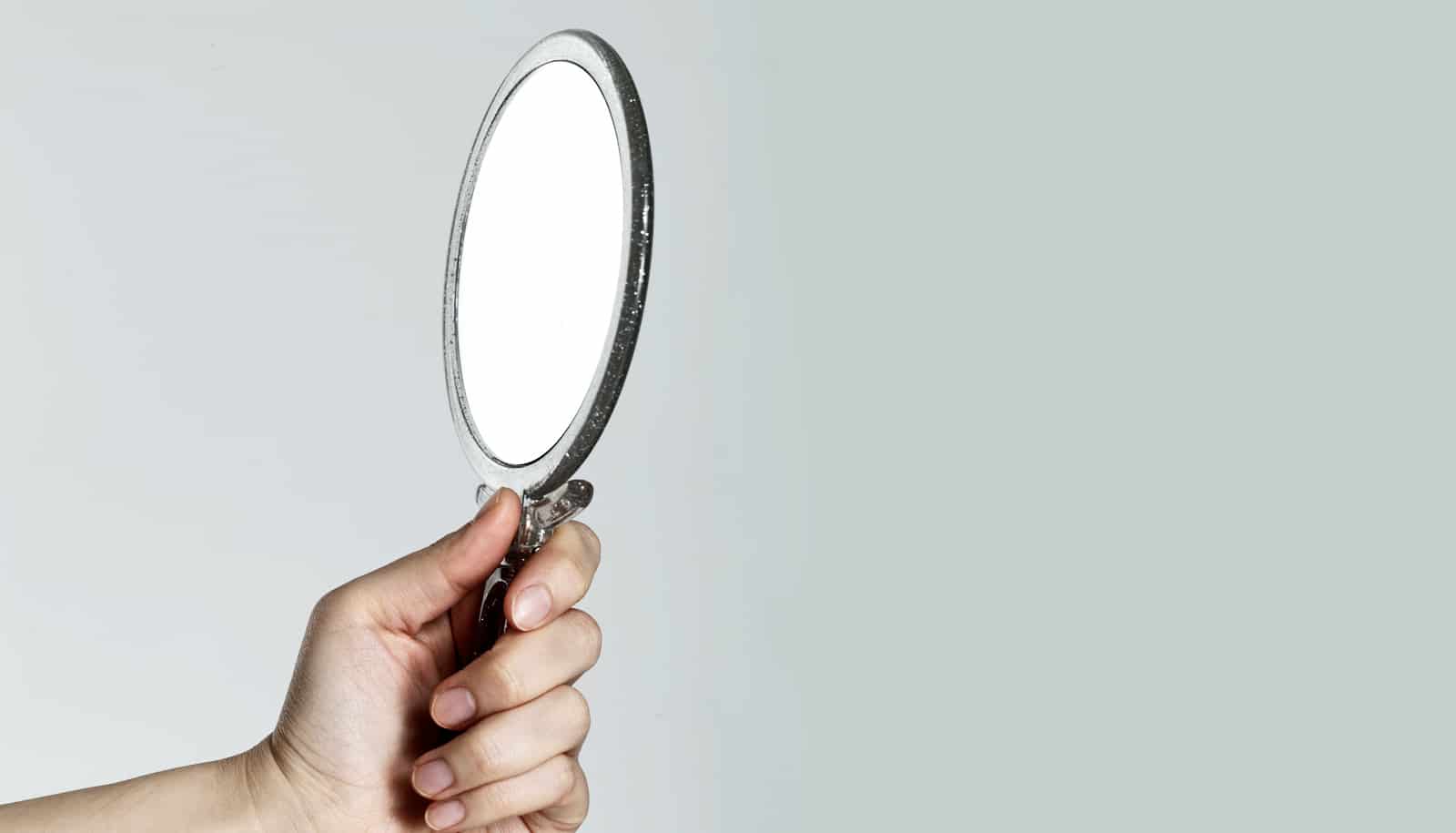Medical students who are obese or “facially unattractive” are less likely to receive offers for residencies in radiology programs, a new study reports.
The results show that the physical appearances of applicants in their photographs were more important in admission decisions than traditional medical school performance measures such as the candidates’ grades, class rank, and honor society memberships.
“Appearance-based discrimination has been documented in the business world, where there is data to suggest that attractive people may be more successful, but in medicine, and in higher education more broadly, there is really no justification for it,” says Charles M. Maxfield, vice chairman of education at Duke Radiology and lead author of the study in Academic Medicine.
“It’s unfortunate and disturbing, but perhaps not totally unexpected.”
Researchers designed the study to explore the effect of physical appearance on resident selection. They created mock applications that 74 faculty members at five academic radiology departments then reviewed. The reviewers believed they were assessing actual applications as part of their department’s residency selection process.
“We find no reason to believe our findings are limited to radiology resident selection.”
They chose 76 photographs to present the pre-specified distribution of facial attractiveness and obesity, as well as race/ethnicity and gender. They then assigned each photograph a randomly generated name and other demographic information to create 76 baseline applicant identities.
Researchers then randomized academic variables—including class rank, clinical clerkship grades, and standardized test scores—for each application and reviewer, such that each reviewer saw a different combination of academic variables associated with any given photograph.
Analyzing the scores associated with each photograph and its randomized academic variables, allowed the researchers to document a clear disadvantage for people who looked unattractive or obese in their application photographs compared to those appearing attractive and non-obese, regardless of academic records.
In real terms, an applicant who appeared obese and facially unattractive was only half as likely to receive an interview compared to an applicant who appeared non-obese and facially attractive.
“We find no reason to believe our findings are limited to radiology resident selection,” Maxfield says. “Admissions decisions-makers throughout higher education should consider any potential appearance-based bias they may hold, and invoke strategies to manage that bias.”
The admissions photograph was ideal to study, because researchers could isolate the physical appearance of the applicant and eliminate it from other factors such as the person’s confidence or charisma, Maxfield says. He argues that similar biases could also manifest during in-person interviews, the next stage of the admissions process.
The study should serve as an alert as well as a learning opportunity, Maxfield says. It’s possible to guard against known biases. As evidence, he notes that reviewers in his study favored black and Hispanic applicants over white and Asian applicants.
“To explain the preference for underrepresented minorities, we suspect our reviewers were prioritizing applicants they believed best met institutional goals and values,” Maxfield says. “What this might show is that bias can be managed if you are aware of it and compensate.”
Coauthors are from Duke, Stanford University, Indiana University, the University of New Mexico, and the Mayo Clinic.
Source: Duke University


